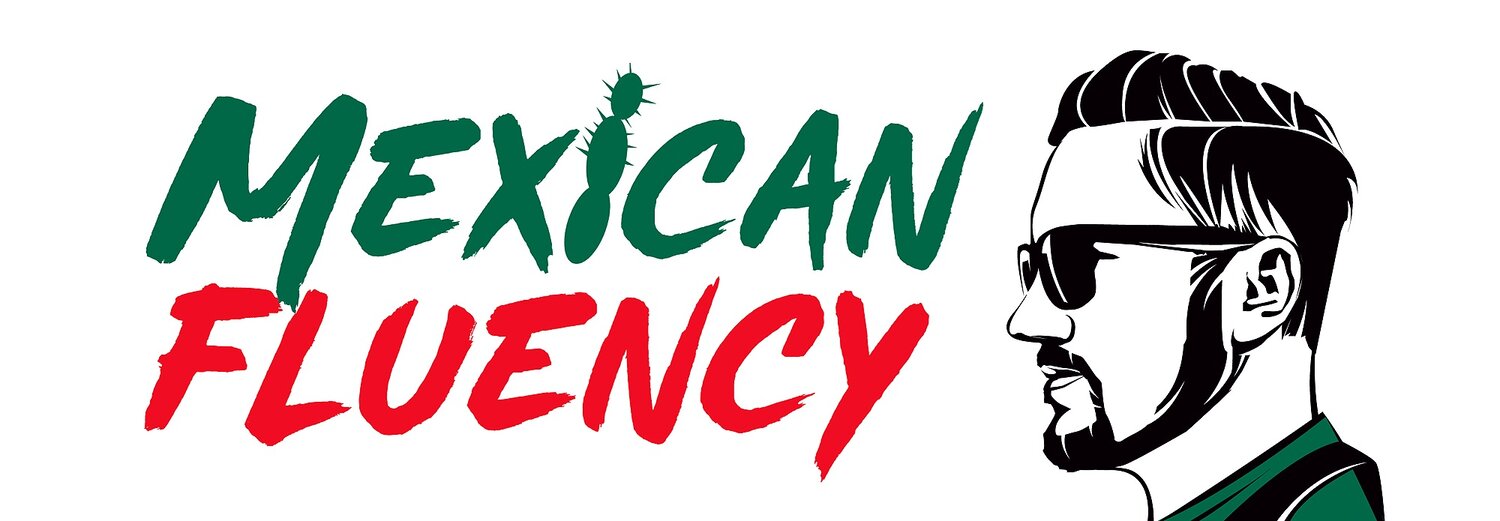Mastering the Present Subjunctive Tense in Spanish
Hola, amigos y amigas!
Welcome to the fascinating world of Spanish grammar. Today, we're diving headfirst into a grammatical wonderland – the present subjunctive tense. But don't worry; we're not here to make your head spin. We're going to break it down in a way that even beginners can grasp.
So, get ready to embark on this exciting journey of linguistic discovery!
I. Understanding the Subjunctive Mood
Let's start with the basics. Spanish has two main moods: the indicative and the subjunctive.
The indicative mood is all about stating facts, describing reality, and asking questions. It's like saying, "The sun is hot" or "Are you hungry?"
But the subjunctive mood?
Well, that's a whole different ballgame.
The subjunctive mood adds layers of meaning and emotion to your sentences. It's like a magical mood that lets you express desires, doubts, wishes, and more.
When you use the subjunctive, you're not just stating facts; you're diving into the realm of possibilities and feelings.
II. Present Subjunctive Formation
Now, let's get into the nitty-gritty of the present subjunctive tense. How do you form it? It's simpler than you might think, especially for regular verbs.
Regular Verb Conjugation: In Spanish, we have three types of regular verbs: -ar, -er, and -ir verbs. To conjure up the present subjunctive form of these verbs, we follow a simple recipe:
For -ar verbs: Drop the -ar and add the following endings: -e, -es, -e, -emos, -éis, -en.
For -er verbs: Swap out the -er for -a, -as, -a, -amos, -áis, -an.
For -ir verbs: Replace -ir with -a, -as, -a, -amos, -áis, -an.
For example, if you have the verb "hablar" (to talk), its present subjunctive forms are:
hable, hables, hable, hablemos, hablen.
Stem-Changing Verbs: Some verbs like "pensar" (to think) or "jugar" (to play) have a little twist. In the present subjunctive, they undergo stem changes. But don't worry; we'll show you how to handle them like a pro.
III. Irregular Present Subjunctive Verbs
Irregular verbs are the cool kids of the language world. They don't always follow the rules, but they have a unique charm. In the present subjunctive, you'll encounter some of these rule-breakers, but we'll help you navigate their irregularities. We'll introduce you to common irregular verbs and show you their special forms.
IV. Triggers for Using the Present Subjunctive
Now, you might be wondering, "When do I even use the present subjunctive?"
Great question!
The subjunctive mood loves to pop up in specific situations. We call them triggers, and they signal that it's time to switch gears into subjunctive mode.
One of the biggest triggers is the word "que."
Whenever you see "que" in a sentence, your subjunctive radar should start beeping. Whether it's expressing wishes, doubts, or uncertainty, "que" often partners with the subjunctive like peanut butter and jelly.
V. Expressing Wishes, Desires, and Emotions
The present subjunctive is like your emotional canvas in Spanish. It's where you paint your desires and feelings. You can use it to express hopes, wishes, and even fears.
Want to say, "I hope you have a great day"?
The present subjunctive has your back.
VI. Making Recommendations and Giving Advice
Sometimes, you'll want to give advice or make recommendations. That's another sweet spot for the present subjunctive. Whether you're suggesting someone eat healthier or encouraging a friend to travel, the subjunctive helps you convey your ideas with a friendly touch.
VII. Demonstrating Doubt, Uncertainty, and Probability
The subjunctive mood is your trusty sidekick when you're dealing with doubt or uncertainty. If you're not quite sure about something, the present subjunctive steps in to save the day. It's like saying, "I'm not sure if it will rain tomorrow, but if it does, bring an umbrella."
So, are you ready to conquer the present subjunctive tense in Spanish?
Stay tuned for the next parts of this guide, where we'll dive even deeper into the fascinating world of Spanish grammar.
Get ready to impress your friends and express your feelings like a pro.
¡Vamos!
